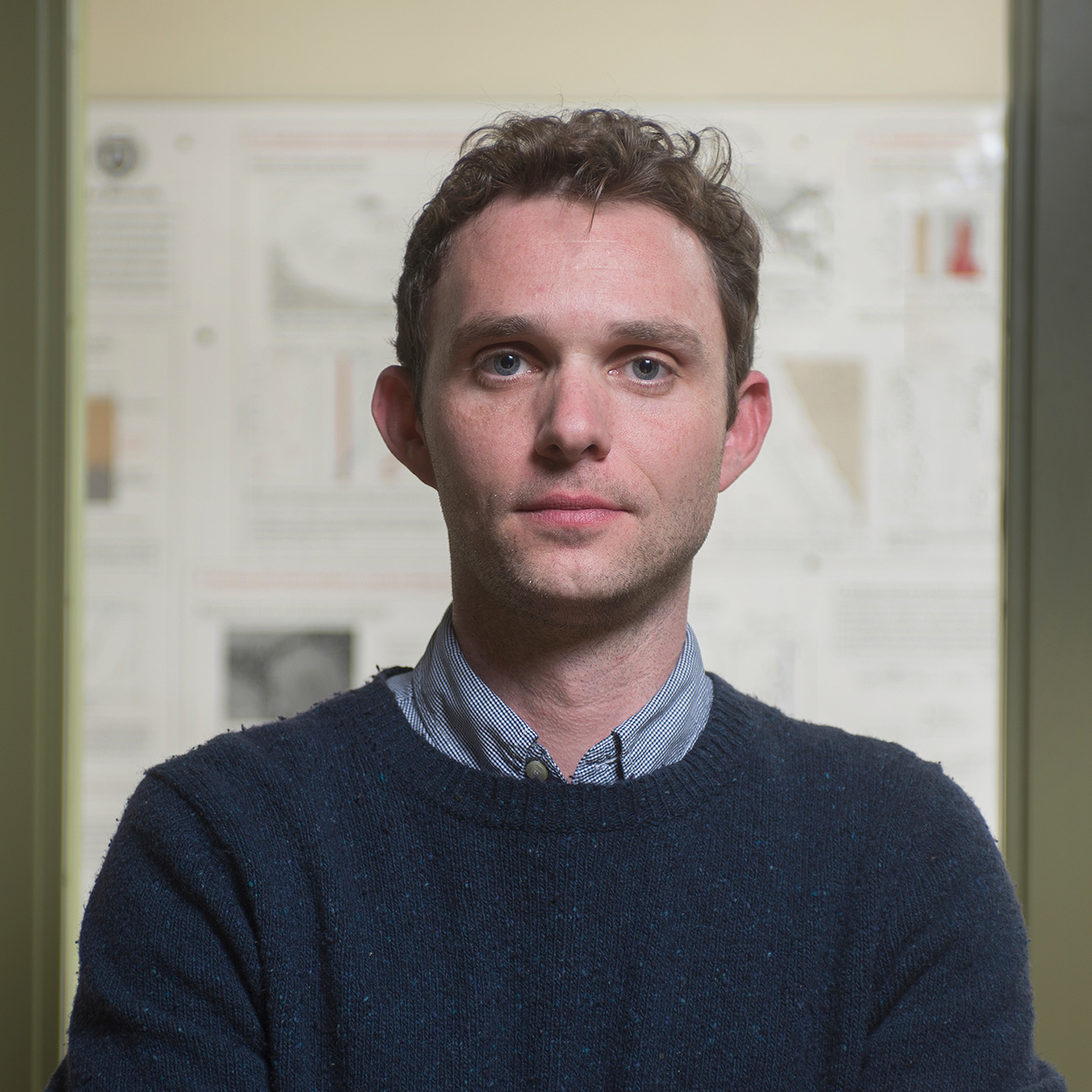Two associate professors in the School of Earth and Atmospheric Sciences are among 20 scientists nationwide sharing $1.1 million in funding for the inaugural year of a new initiative in the search for signs of extraterrestrial life.
Jennifer Glass and Chris Reinhard are in the first class of grant winners in the Scialog: Signatures of Life in the Universe program, sponsored by Research Corporation for Science Advancement and the Heising-Simons Foundation. Additional sponsorship comes from NASA and the Kavli Foundation.
Scialog®, short for “science + dialog,” was formed in 2010 “to bring together early career scientists to advance basic science in areas of global importance, and to write proposals for high risk, high reward collaborative research projects,” according to the organization’s website. The Signatures of Life program first met virtually this June with the founding organizations providing facilitators from a variety of disciplines: Earth and planetary science, chemistry and physics, astronomy and astrobiology, microbiology and biochemistry, and data science.
Eight teams of researchers — a total of 20 scientists — are the result of that June brainstorming session, proposing research projects “with the potential to transform our understanding of the habitability of planets, of how the occurrence of life alters planets and leaves signatures, and of how to detect such signatures beyond Earth, both within our solar system and on exoplanets,” according to a Scialog® news release. Each of the 20 scientists receives an individual award of $55,000.
Jennifer Glass: Methane and False Biosignature Positives
“I am thrilled to start working on a new problem related to my favorite molecule (methane),” says Glass. “I am excited to have a Georgia Tech student, Camille Butkus, who has already made great headway helping with this project. This is great timing because the James Webb Space Telescope is launching this December and will be able to detect methane in exoplanet atmospheres.”
Glass’s research proposal is “Methane from Nontraditional Abiotic Sources and Potential for False Biosignature Positives” and her team includes colleagues from the University of Chicago and University of California, Los Angeles.
“Methane is one of the only gases with a dominant biological source on Earth that can be readily detected in exoplanet atmospheres with the new generation of space telescopes,” Glass explains. As space telescopes begin to characterize exoplanet atmospheres, scientists are looking to firm up what can confidently be termed a biosignature gas — and rule out false positives in the imminent findings of methane-containing rocky exoplanets within the habitable zone of their solar system.
“A common assumption in previous models of methane production from abiotic sources (nonliving parts of an environment, like climate and chemistry) is that other rocky exoplanets have a crustal composition similar to Earth. Yet we now know that many rocky exoplanets will be richer in carbon than Earth,” Glass says. “How would more carbon in a planet’s crust affect abiotic methane production? Could it lead to production of false biosignature methane biosignatures?” Glass asks. “How can we rule these out to avoid false positive biosignatures, and to capture signs of methane-cycling life on exoplanets? These are the types of questions my group is excited to explore with this new funding.”
Chris Reinhard: Modeling Planetary Biosphere Evolution
Reinhard says he is humbled and grateful to receive support from the inaugural year of the Scialog® initiative. “The Scialog model for catalyzing novel interdisciplinary research is one of a kind — and to be honest, just being involved in the initial workshop was an incredibly enriching and useful experience for me,” Reinhard says. “But I am very excited to have the opportunity to embark on the project in earnest and see where it leads.”
That project, “Stochastic Simulation of Evolving Planetary Biospheres”, is based on the premise that the metabolic networks that drive the large-scale impacts of a biosphere are in many ways path-dependent — which is to say their development will depend on often random trajectories of environmental evolution and on the existing suite of metabolic pathways available at any given time. “Our goal is to systematically explore the likelihood and long-term viability of biospheres that are very different from our own, and the signatures they might leave behind in the local environment, or on the scale of a planetary atmosphere,” Reinhard notes. His project team includes scientists from the University of Chicago and the University of Oregon.
AGU Awards, Honors, Appreciation
Glass and Reinhard also join School of Earth and Atmospheric Sciences assistant professor Frances Rivera-Hernández and School of Civil and Environmental Engineering associate professor Jingfeng Wang in receiving annual American Geophysical Union (AGU) accolades.
Reinhard is among those receiving the organization’s “highest honors for excellence in scientific research, education, communication, and outreach” and Glass is recognized for “meritorious work or service toward the advancement and promotion of discovery and solution science”:
2021 AGU Union Medal, Award, and Prize Recipients
James B. Macelwane Medal
Christopher T. Reinhard, Georgia Institute of Technology
2021 AGU Section Awardees and Named Lecturers
Thomas Hilker Early Career Award for Excellence in Biogeosciences
Jennifer B. Glass, Georgia Institute of Technology
In Appreciation of AGU’s Outstanding Reviewers of 2020
Frances Rivera-Hernández
Georgia Institute of Technology
Andrew Dombard
Geophysical Research Letters
In Appreciation of AGU’s Outstanding Reviewers of 2020
Jingfeng Wang
Georgia Institute of Technology
Earth and Space Science editors
Earth and Space Science
For More Information Contact
Renay San Miguel
Communications Officer II/Science Writer
College of Sciences
404-894-5209





